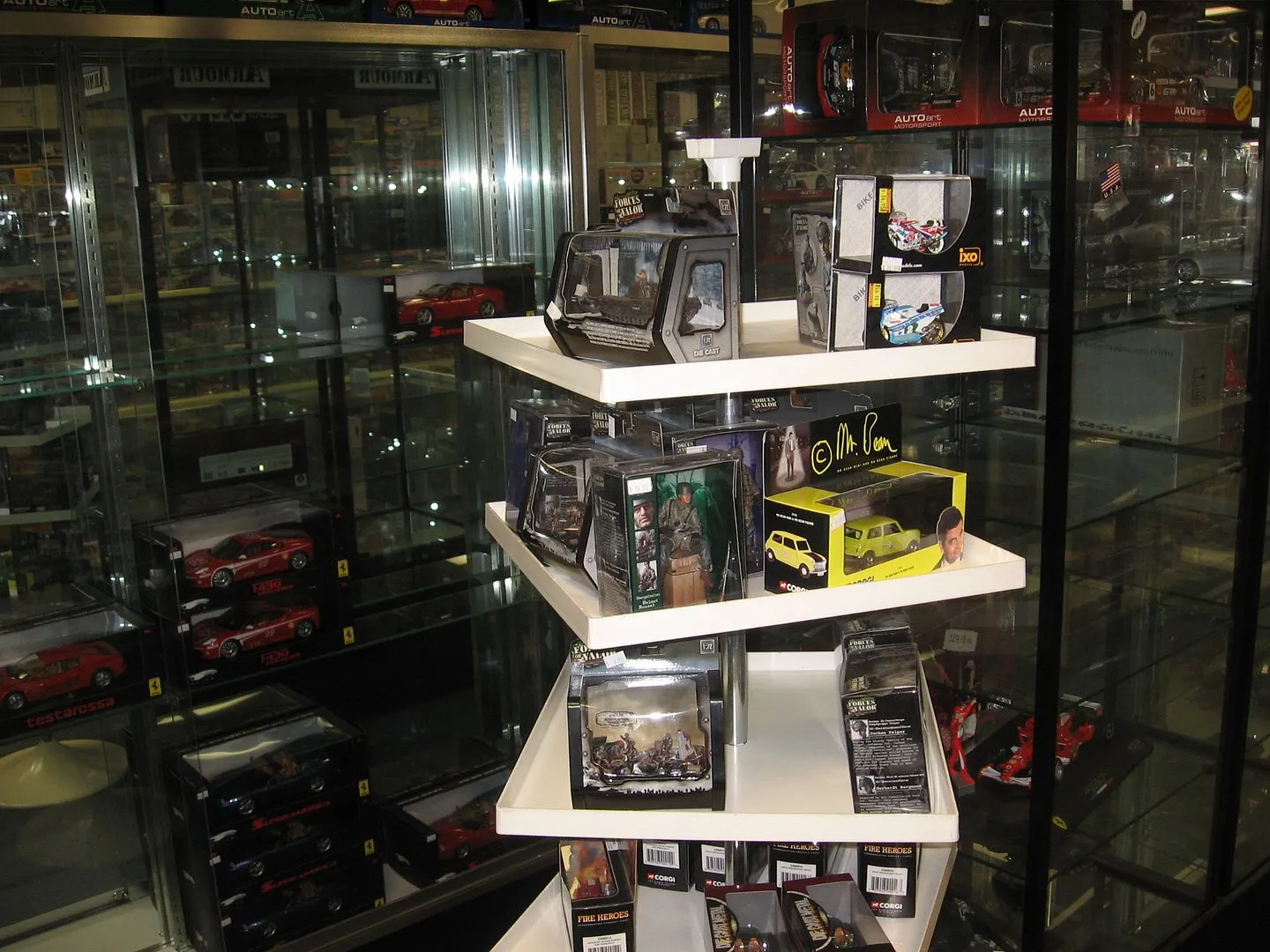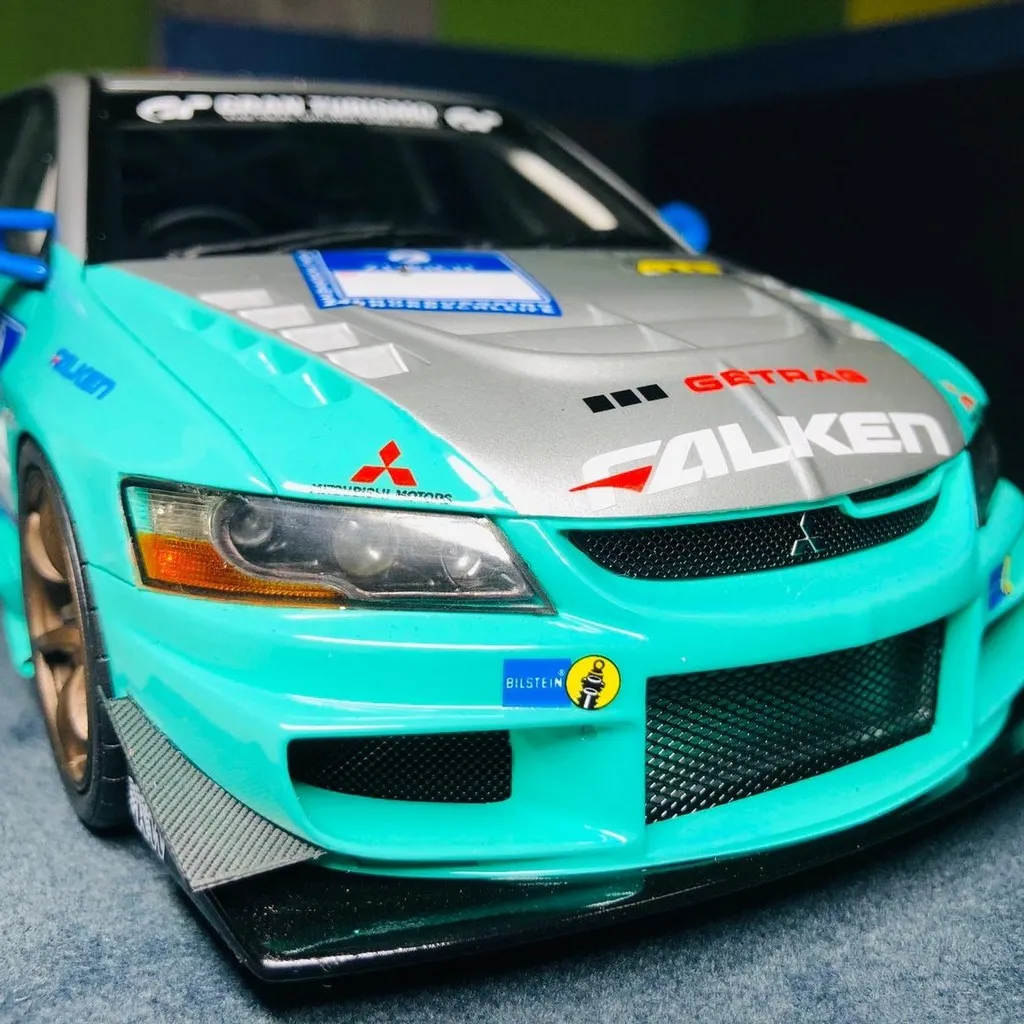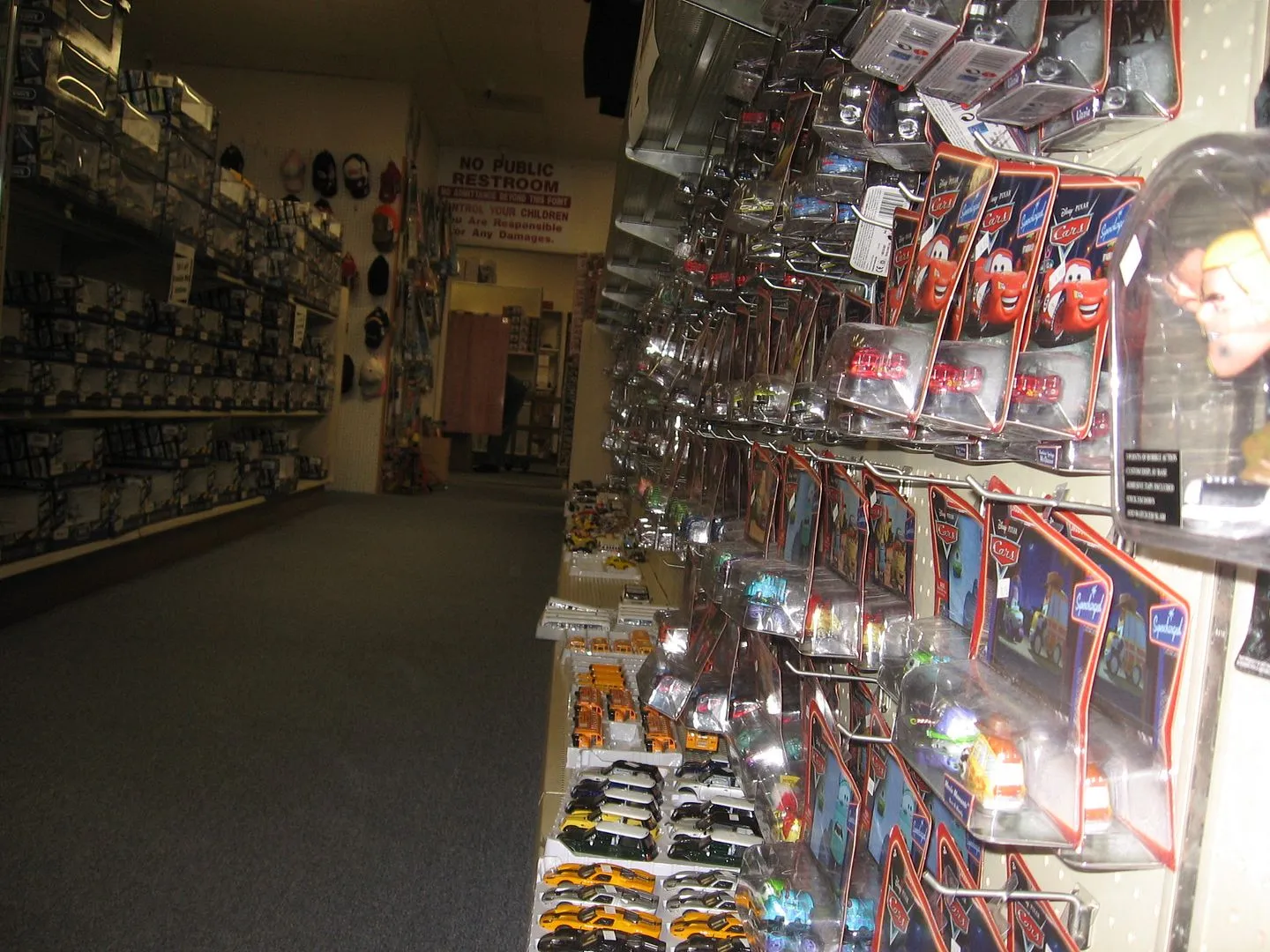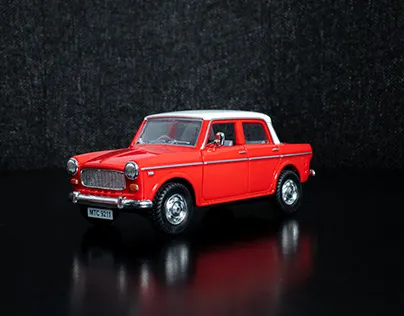What are Diecast Cars
Diecast cars are miniature vehicles made using a die-casting process. These collectible items are typically made of metal, often a zinc alloy, and are known for their intricate detail and realistic appearance. They come in various scales, from small models that fit in the palm of your hand to larger replicas. Diecast cars replicate real-life vehicles, ranging from classic cars and sports cars to trucks and buses, capturing the essence of their full-sized counterparts in a smaller, more manageable form. Their appeal lies in their ability to evoke nostalgia, satisfy a collector’s passion, and appreciate the design and engineering of automobiles.
The History of Diecast Cars
The history of diecast cars is a fascinating journey that began in the early 20th century. Initially developed as promotional items and toys, diecast models quickly gained popularity among children and adults alike. The production of these miniature vehicles evolved significantly over the years, with advancements in materials and manufacturing techniques. Early models were often simple and lacked the detail seen in modern diecast cars, but they still captured the imagination of collectors. The evolution of diecast cars reflects technological progress and changing consumer preferences.
Early Development

The earliest diecast cars emerged in the early 1900s, with manufacturers experimenting with different materials and production methods. These early models were relatively simple, with basic features and limited detail. However, they paved the way for the more sophisticated and detailed diecast cars that would follow. Companies like Dinky Toys and Corgi Toys were among the pioneers, producing models that captured the public’s imagination and established diecast cars as a popular toy and collectible item.
Materials Used in Diecast Cars
The primary material used in the construction of diecast cars is a zinc alloy, which is a mixture of zinc, aluminum, magnesium, and copper. This alloy provides the necessary strength and durability while being suitable for the die-casting process. Other materials used include plastic for interior components and tires, and sometimes rubber or plastic for tires. The combination of materials allows for the creation of highly detailed models with realistic features and textures.
Zinc Alloy
Zinc alloy is the most common material used in diecast cars. Its properties make it ideal for die-casting, allowing intricate designs and fine details to be replicated accurately. The alloy’s strength and durability ensure the longevity of the models, making them suitable for both play and collecting. The ability to hold paint and various finishes also contributes to the realistic appearance of the cars, making them highly desirable to collectors. Proper care can significantly extend the life of diecast car made of zinc alloy.
Manufacturing Process

The manufacturing process of diecast cars involves several key steps, starting with the design and tooling of molds. Molten metal is then injected into these molds under high pressure, creating the car’s body and other parts. Once the parts are cooled and solidified, they are removed from the molds and undergo various finishing processes, including painting, detailing, and assembly. The precision and attention to detail in the manufacturing process are what make diecast cars so appealing to collectors.
Die Casting
Die casting is the core process in diecast car manufacturing. It involves injecting molten metal, typically a zinc alloy, into a mold under high pressure. This process allows for the creation of intricate details and precise shapes. The molds are designed with great care, often using computer-aided design (CAD) software to ensure accuracy. The pressure forces the molten metal into every corner of the mold, creating a detailed replica of the car’s design. The die casting process is crucial for the production of high-quality diecast cars.
Assembly and Detailing
Once the die-cast parts are created, they undergo assembly and detailing. This includes adding interior components, windows, tires, and other accessories. Skilled workers meticulously paint the models and apply decals to replicate the car’s original appearance. The level of detail in the assembly and detailing process significantly impacts the overall realism and value of the diecast car. This is where the models come to life, with realistic paint schemes and intricate details that capture the essence of the real vehicles.
Why Collect Diecast Cars

Collecting diecast cars offers a wide range of benefits, from the enjoyment of owning miniature replicas of your favorite vehicles to the potential for investment. Diecast cars capture a sense of nostalgia, allowing collectors to relive memories of their childhood or appreciate classic cars. They also provide an opportunity to explore the history of automobiles and appreciate the design and engineering of different models. The community of diecast car collectors is vast, providing a platform for enthusiasts to share their passion and knowledge.
Variety and Scale
Diecast cars come in a vast array of scales, from the very small (1:18 scale) to the larger ones. This variety allows collectors to focus on specific scales that appeal to them, offering a diverse range of options. Popular scales include 1:18, 1:24, 1:43, and 1:64. Each scale offers a different level of detail and allows for a different level of space for displaying models. The range of models available is extensive, encompassing cars from various eras and manufacturers, offering something for every collector.
Collecting Tips for Beginners
Starting a diecast car collection can be a rewarding experience. Beginners should research different models and brands, setting a budget and focusing on specific themes or scales. Attending car shows, joining online communities, and connecting with other collectors are excellent ways to expand your knowledge and network. Start by choosing a specific niche. For example, you might choose to collect only vintage cars, or only models of a specific manufacturer, to make the hobby more manageable at first.
Researching and Choosing Models

Before starting your collection, research different diecast car brands, scales, and models. Familiarize yourself with the history of diecast cars and the specific models you are interested in. This will help you make informed decisions and build a collection that reflects your personal interests. Look for models that are well-made, with accurate details and high-quality finishes. Reading reviews and comparing different models can help you find the best choices for your collection.
Storage and Display
Proper storage and display are crucial for preserving your diecast cars and showcasing your collection. Store your models in a dry, dust-free environment, away from direct sunlight and extreme temperatures. Display cases or shelves provide an excellent way to protect your cars and highlight your collection. Consider using protective cases for individual models to prevent damage. Regular dusting and cleaning will also keep your diecast cars in top condition.
Care and Maintenance
Regular care and maintenance will keep your diecast cars in excellent condition. Dust your models regularly with a soft cloth or brush. Avoid using harsh chemicals or abrasive cleaners. If you need to clean your cars, use a mild soap and water solution. Check for loose parts and tighten them as needed. By taking good care of your models, you can ensure their longevity and preserve their value for years to come. Handle the models gently to prevent scratches or damage.
Conclusion

Diecast cars offer a fascinating blend of history, craftsmanship, and collecting enjoyment. From their humble beginnings to the intricate models available today, they have captured the hearts of enthusiasts worldwide. Whether you’re a seasoned collector or just starting, the world of diecast cars offers something for everyone. With careful research, proper care, and a passion for miniature vehicles, you can build a remarkable collection that brings you joy for many years to come.
